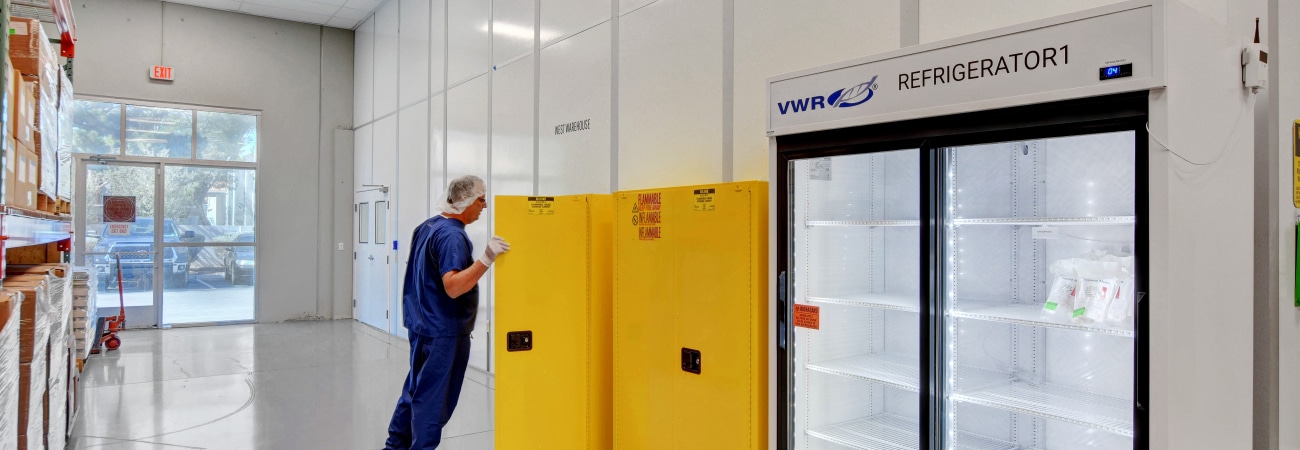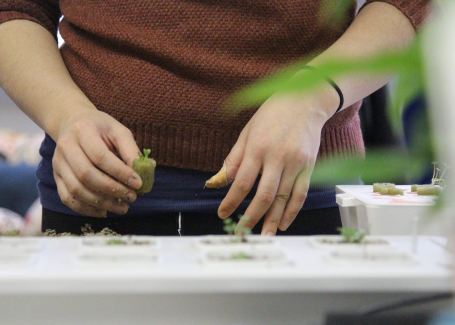From the lab to the operating room, medical cleanrooms are necessary in keeping products and procedures safe. These controlled environments limit dangerous particles that can affect patients, products, and staff. In this article, we explore the different types of medical cleanrooms, their uses, and the regulations that govern them.
Medical Device Cleanrooms
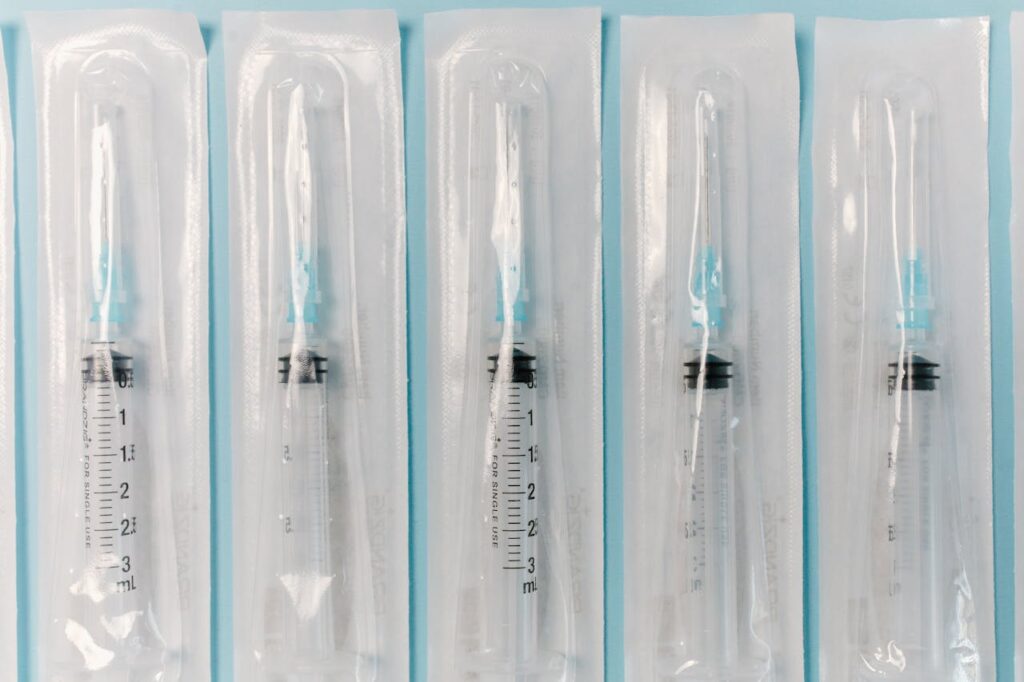
Cleanrooms are an important part of the manufacturing process of medical devices. These devices cover a wide range of equipment, including MRI units, catheters, syringes, artificial limbs, and more. The category includes devices used both internally and externally, as well as diagnostic tools like pathology software. Some of these devices can be implanted within the human body itself, which is why it’s so important that such tools remain clean and sanitized.
As you might’ve guessed, different devices have different cleanliness requirements. However, the large majority of medical device applications require cleanrooms that comply with ISO Class 5-8. Implants and other equipment used inside the human body require clean spaces closer to ISO Class 5. Similarly, tasks such as packaging and assembly may not require as strict an environment and may tend towards the ISO Class 7-8 range.
In the United States, the regulation of medical device cleanrooms is very strict. The FDA mandates that medical devices be manufactured under Good Manufacturing Practice (GMP) rules. This often involves FDA validation of manufacturing processes, equipment, and facilities, including cleanrooms, to ensure they’re up to standard.
Medical Research Cleanrooms
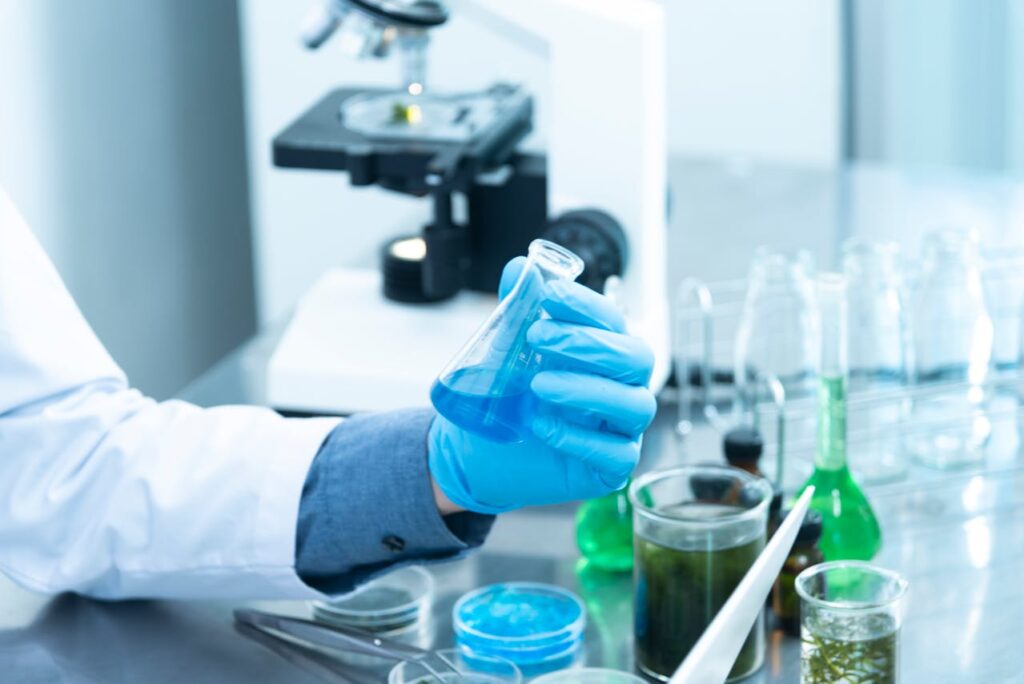
Medical research cleanrooms are another important type of medical cleanroom. They make sure that scientific results are accurate, but they also ensure that dangerous pathogens or materials do not escape the lab. Some applications include research on DNA, tissue engineering, drug development, and more.
Like medical device cleanrooms, these spaces often require ISO Class 5-8 standards. When dealing with toxic chemicals, dangerous pathogens, or other hazardous materials, negative pressure cleanrooms are often used. By creating a negative pressure environment, contaminants have a lower chance of escaping, as any breach would cause air to enter the space rather than leave it.
Similarly, they may also make use of laminar flow hoods and biosafety cabinets to protect samples and staff from contamination.
Pharmaceutical Cleanrooms
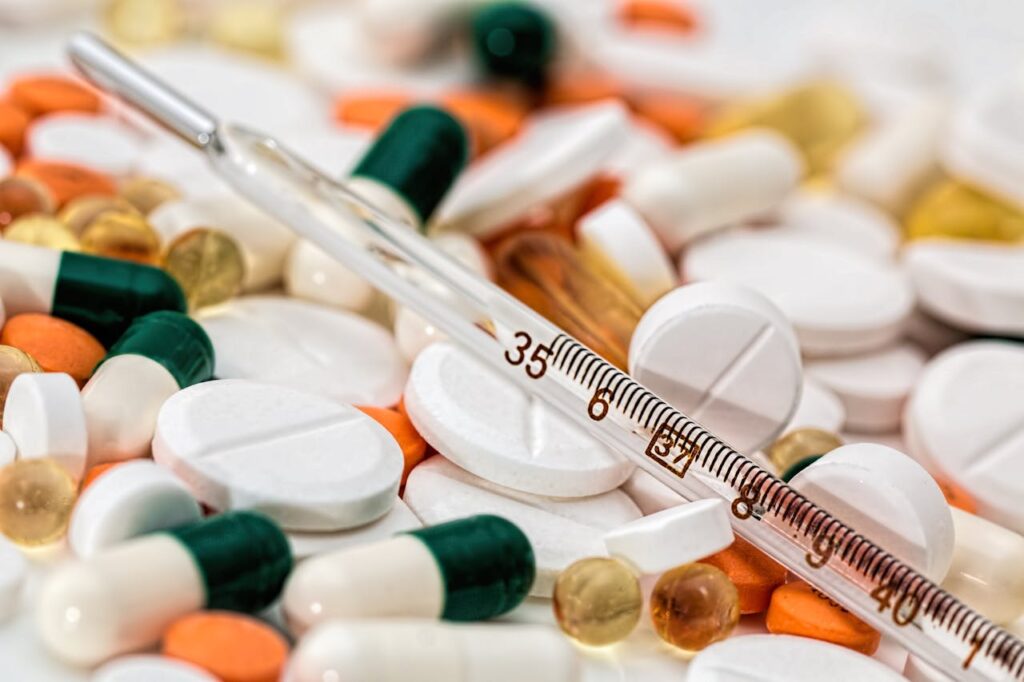
Pharmaceutical cleanrooms are important in drug manufacturing and compounding. Some of the products made in these spaces include tablets, vaccines, topical medications, and more.
Pharmaceutical cleanrooms, like those used for medical device manufacturing, must comply with ISO 14644 standards and Good Manufacturing Practices (GMP) guidelines.
These cleanrooms are also governed by additional regulations such as the United States Pharmacopeia (USP) Standards. Specifically, USP 797 provides guidelines for sterile non-hazardous compounding, while USP 800 covers sterile hazardous compounding.
Pharmaceutical cleanrooms are typically classified as ISO 5 for aseptic filling and sterile processes, while less critical areas are usually classified as ISO 6 or ISO 7.
Operating Rooms as Cleanrooms
To most people it comes as a surprise that operating rooms are a type of cleanroom. As open wounds are liable to become infected, creating a sterile environment during surgery can be a matter of life and death.
These rooms are commonly kept at ISO Class 5 standards, but this can differ depending on the exact application. These spaces also use positive pressure to push out any dangerous pathogens that may be lingering within the hospital.
Additional Types of Medical Cleanrooms
Dental Cleanrooms
While not as commonly discussed as other types, dental cleanrooms do exist. These environments are important for the manufacturing of dental devices, such as implants, crowns, and orthodontic appliances.
Veterinary Cleanrooms
Veterinary cleanrooms are important for maintaining sterile environments in animal research and treatment. They help prevent cross-contamination and ensure accurate results in veterinary studies.
Biotechnology Cleanrooms
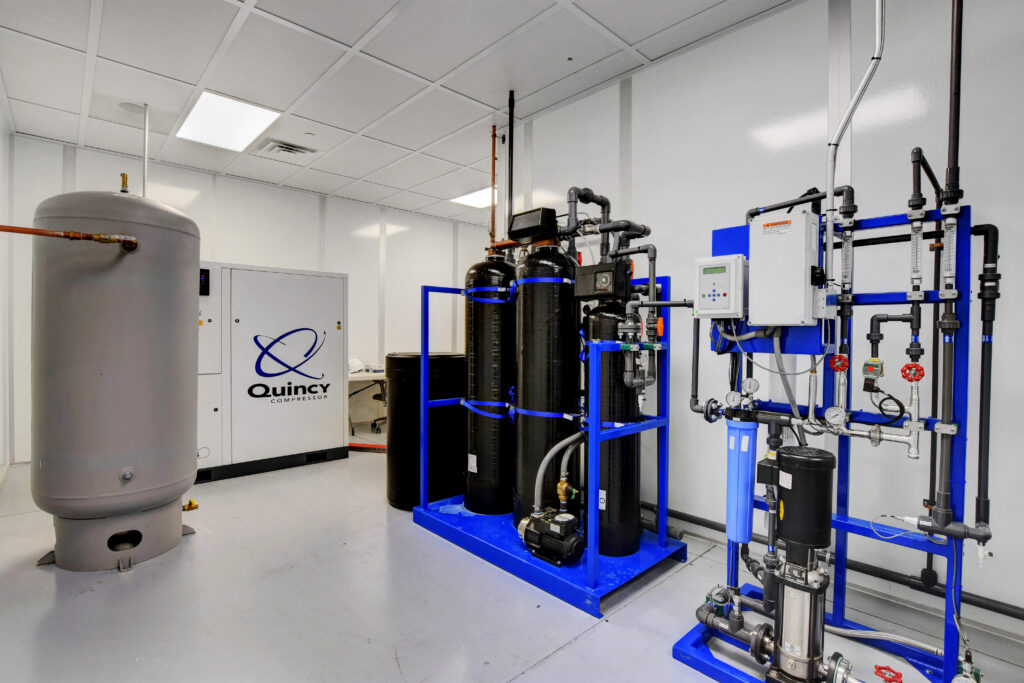
While biotechnology cleanrooms often fall under the category of medical cleanrooms, this is not always the case. They are important for genetic engineering, cell therapy, and other biotechnological applications that have direct medical implications.
The Bottom Line
Medical cleanrooms are a necessity in keeping spaces sterile and safe in a variety of healthcare settings. They support the production of medical devices, pharmaceuticals, and even aid in biotechnological research. As technology advances and our tools become smaller, protecting them from fine particles will make the use of controlled environments even more essential.


